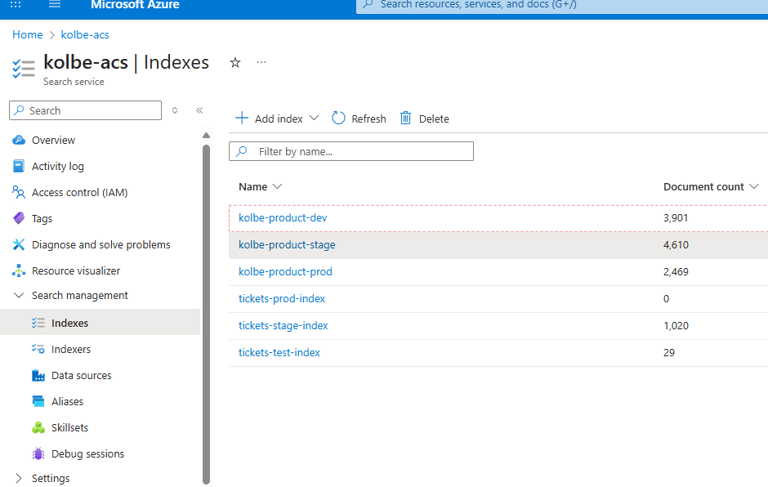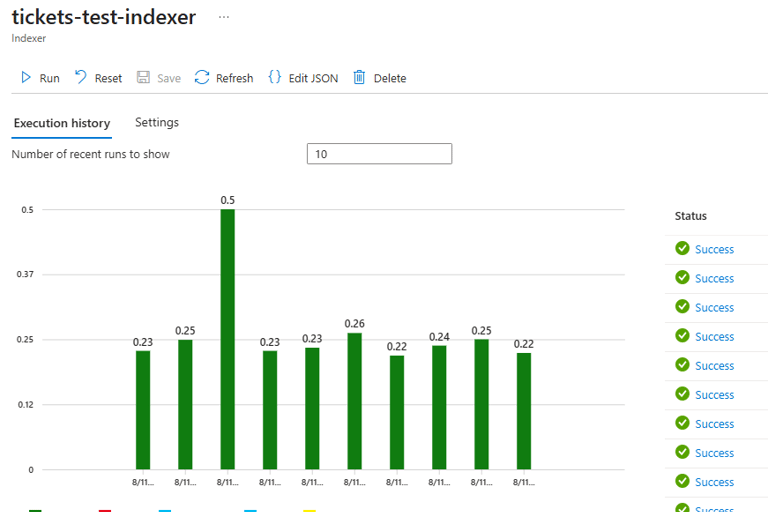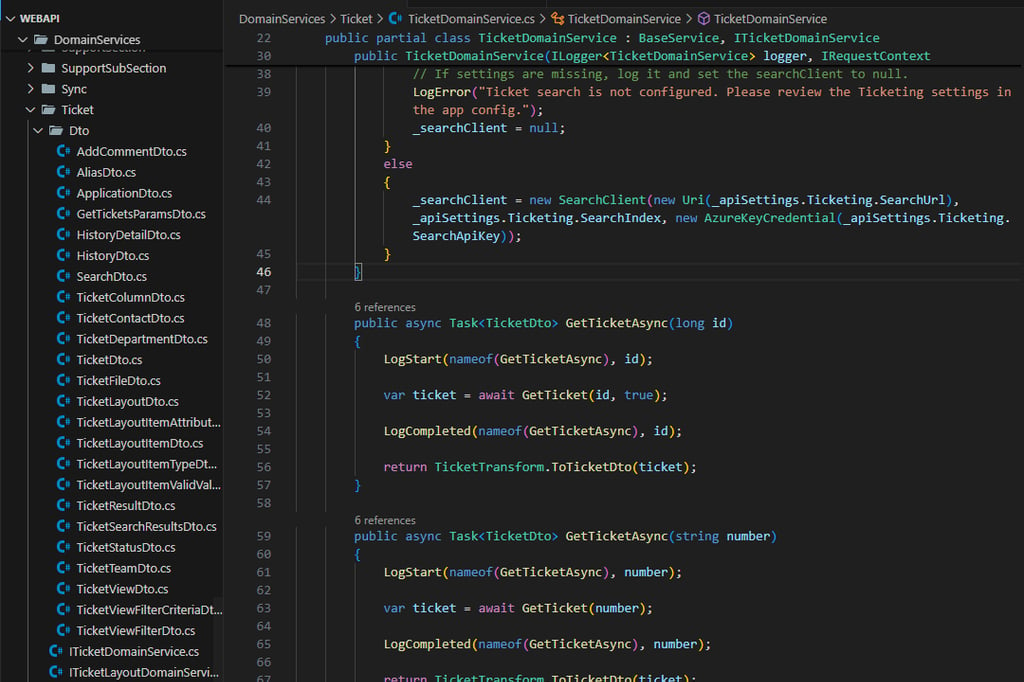Learning Azure AI Search: From Exploration to Proof of Concept
8/12/20252 min read
Before diving into code, I like to start with understanding the system I’m working with—its architecture, use cases, and the different ways to approach building with it. For a recent internal project, we were exploring AI agent capabilities, and the choices were vast: different LLMs, frameworks, and stacks. But since my company is deeply integrated with Microsoft technologies, the decision to build on Azure, using Azure AI Search, and our existing tech stack (C#/TypeScript with React) was a natural fit.


Getting Started
Our goal was to build a Retrieval-Augmented Generation (RAG) system using Azure AI Search. That meant understanding how indexes and indexers work in Azure:
Indexes store the vectorized or structured content that the LLM queries.
Indexers help keep that content fresh and structured by syncing from your data sources.
Azure Search clients can use different indexes for specialized queries, which opens up powerful possibilities for building intelligent, context-aware agents.
Building the POC
Once I had a grasp of the fundamentals, I started gathering the tools and resources needed to build the proof of concept. The idea was to create a system that could intelligently search through structured data and return relevant results to support AI-driven workflows. By leveraging Azure’s built-in capabilities, I could focus on designing the logic and user experience without worrying too much about infrastructure early on.
This approach allowed me to quickly prototype, iterate, and validate the concept—all while staying aligned with our enterprise stack and security standards. Let's do what senior developers do best and make sure we uphold coding standards by following good design. We'll do domain driven development following standard naming conventions.




